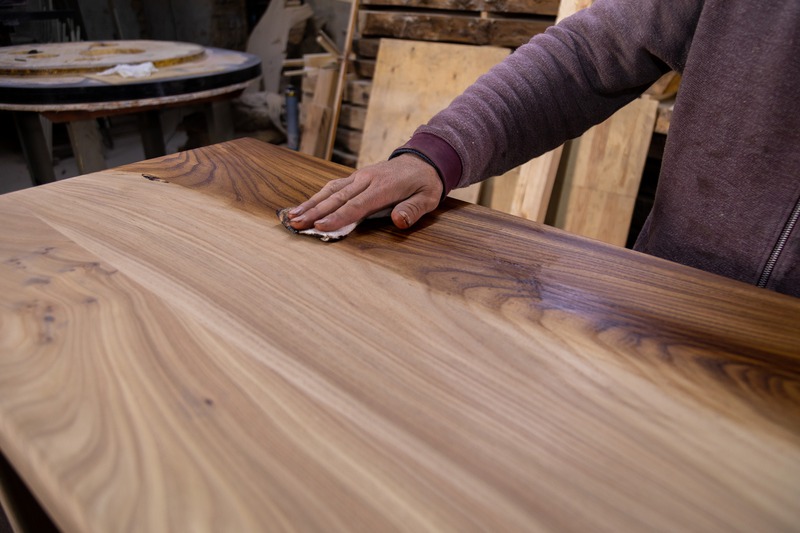Have you ever found yourself wandering through a furniture store, overwhelmed by the choices and unsure how to spot the real gems? Shopping for wood furniture can be a delightful but daunting task, especially if you want beautiful pieces built to last. Let’s cut through the chatter and focus on what you should look for to ensure you’re investing in quality wood furniture.
1. Assessing Wood
Upon entering a wood furniture store, your first step should be to inspect the quality of the wood itself. Here’s what to keep an eye out for:
-
Wood Type: Hardwoods like oak, maple, and teak have a reputation for longevity, whereas softwoods like pine are known for their affordability but might not stand the test of time.
-
Grain and Coloration: Look for even grain patterns and consistent coloration. Irregularities can sometimes add character but can also indicate weak spots or potential problems.
-
Finish: A smooth, even finish can protect the wood and enhance its natural beauty. Beware of rough patches or bubbles, which can suggest poor craftsmanship.
Wood furniture Hamilton has a reputation for blending traditional workmanship with modern design, offering an array of options that strike the right balance between form and function. Local artisans and stores carry everything from solid oak heirlooms to contemporary maple creations in this area.
2. Detecting Craftsmanship in Construction
Beyond the wood, how a piece is constructed can tell you volumes about its quality. Tight, seamless joints are a hallmark of well-made furniture, while visible glue or nails can be red flags. Drawers should slide out smoothly, and doors should fit snugly and open without squeaking.
Wood furniture Toronto is abundant and diverse thanks to the multi-faceted nature of the city’s culture. Whether you prefer sleek and modern or cozy and rustic, you will likely find a store that aligns with your style and quality expectations.
3. Identifying Quality Wood Furniture
Even to an untrained eye, specific indicators will signal that you’re looking at a piece that’s head and shoulders above the rest:
-
Kiln-Dried Wood: Wood is less prone to warping, cracking, or shrinking than air-dried wood. This process removes excess moisture from the wood, producing a more stable material. Look for furniture labeled “kiln-dried” or inquire about the wood’s drying process.
-
Dovetail or Mortise and Tenon Joints: High-quality joinery techniques, such as dovetail or mortise and tenon joints, indicate superior craftsmanship and durability. These joints are strong and help ensure the furniture remains sturdy and stable. Inspect the corners and connections of the furniture to see if these types of joints are used.
-
Reinforced Corners: Reinforced corners, such as corner blocks or brackets, add structural integrity to the furniture and help it withstand the stresses of daily use. They prevent the joints from loosening or weakening over time, contributing to the piece’s longevity. Check the corners of the furniture for additional reinforcements or support.
-
Solid Wood Construction: Solid wood furniture is generally higher quality than furniture made from veneers or particleboard. Look for furniture pieces constructed from solid wood or hardwoods like oak, maple, cherry, or walnut. Solid wood furniture tends to be more durable, long-lasting, and visually appealing.
-
Smooth Finish and Even Surfaces: High-quality wood furniture should have a smooth, uniform finish with no rough spots, uneven surfaces, or visible imperfections. Pay attention to the surface texture and inspect the furniture from different angles to ensure consistency in the finish.
-
Attention to Detail: Quality craftsmanship often involves attention to detail in design and construction. Look for finely crafted details, such as intricate carvings, decorative moldings, or hand-applied finishes, indicating a higher level of skill and care in manufacturing.
Wood furniture Burlington is often cited for its adherence to these quality markers. Stores in this region take pride in offering visually appealing but also robust and functional furniture.
4. Spotting Longevity and Durability Features
Durability is a core component of quality wood furniture. Here’s how you can spot items that are built to last:
-
Hardware Quality: The hardware on wood furniture—like handles, pulls, and hinges—should feel solid and function smoothly. If the metal parts seem flimsy or are loosely attached, it could be a sign of corner-cutting elsewhere.
-
Protective Measures: A good furniture piece will be designed to handle usage over time. Look for details like floor protectors on the bottoms of legs and adjustable levelers, which can compensate for uneven floors and prevent undue stress on the structure.
-
Warranty Offerings: A warranty can indicate how much faith a manufacturer has in their product. While not always indicative of quality, a substantial warranty period suggests that the maker is willing to stand behind the durability of their furniture.
Final Thoughts
With knowledge and a keen eye, you should feel confident entering any wood furniture store. Remember to ask questions, inspect closely, and trust your instincts. Quality wood furniture is not just about style; it’s about substance, too, and making the right choice will ensure your space is graced with pieces that endure, both in strength and timeless appeal.



